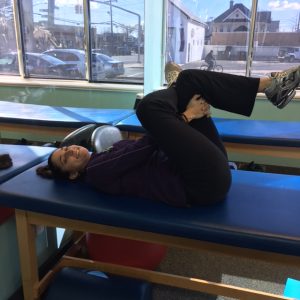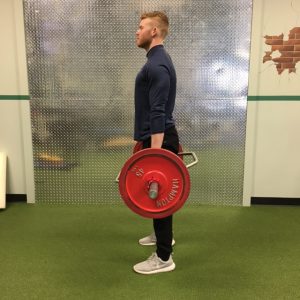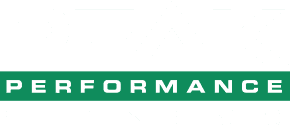The Exercise Physiologists at Peak Performance know all the muscles in the body, but which ones are our favorite?! Every week we will feature a different muscle- so you guys get an anatomy lesson and learn how to work that muscle!
Corynne, what’s your favorite muscle?
My favorite is the piriformis. I find that most people don’t know about this muscle and don’t realize how important it is to stretch this muscle, especially if they have sciatic issues.
Where is it located?
The piriformis is located in the hip area. It is deep- below the gluteus maximus. It starts at he base of the spine and connects to the femur.
What does this muscle do?
The Piriformis assists with lateral rotation (turning out) and abduction (lifting away from the body) of the thigh.
What’s a good exercise for the piriformis?
In many people, this muscle is very tight. It may be more beneficial to work on stretching it rather than focusing on strengthening. A good stretch for this muscle is called a figure four position. Lay on your back with your knees bent and feet flat. Take one leg and cross your ankle over the opposite thigh then reach behind that thigh and hug it in towards your chest- keep your neck relaxed!




